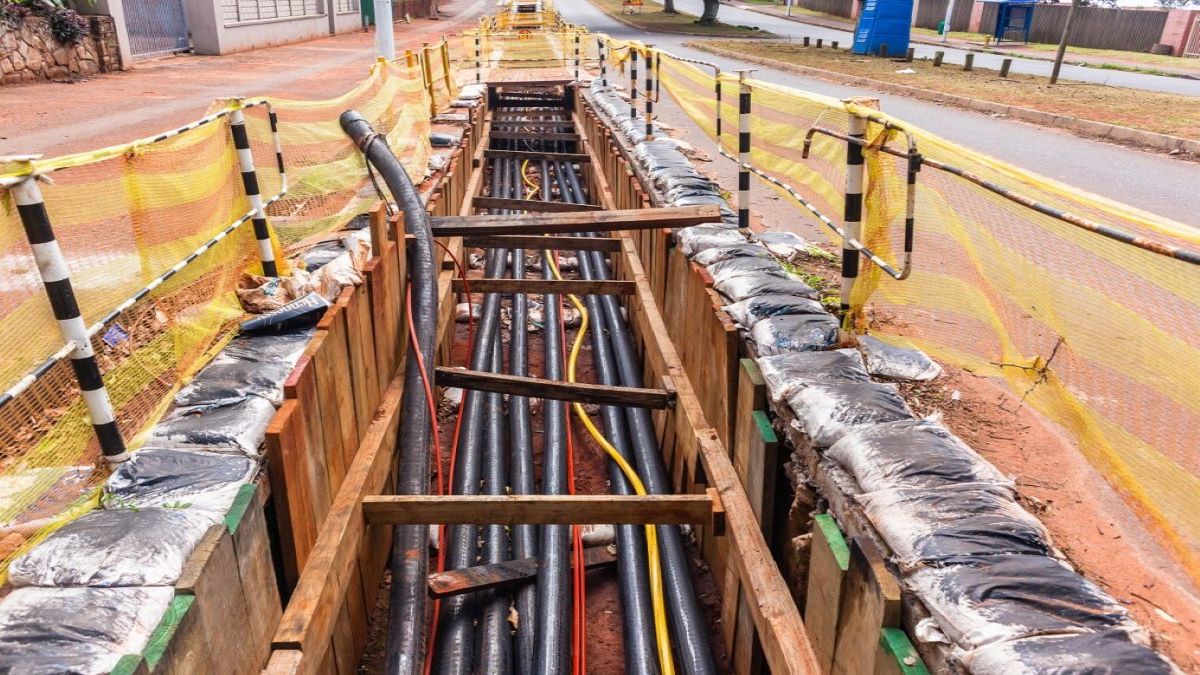I think the bigger issue than whether Romex can get mist on it is, if you’re roughing in before dry-in, there’s a bunch of other issues:
-Are HVAC and plumbing done as well? Because we generally come after those guys.
-Siding nails and nails used for sheathing and shear walls are usually a lot longer than a drywall screw for 1/2” rock. Chances of (many) nails penetrating your wiring goes way up.
-Chances of having something damaged when major framing is still going on, goes up.
-There is probably a ton of blocking that still need to be installed, and the possibility of your wiring being in the way of at least some of it is close to 100%.


Just a couple things to keep in mind.


